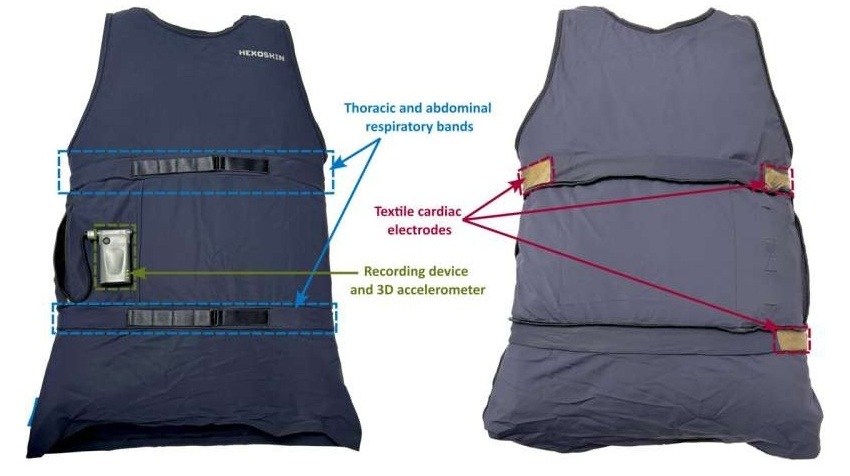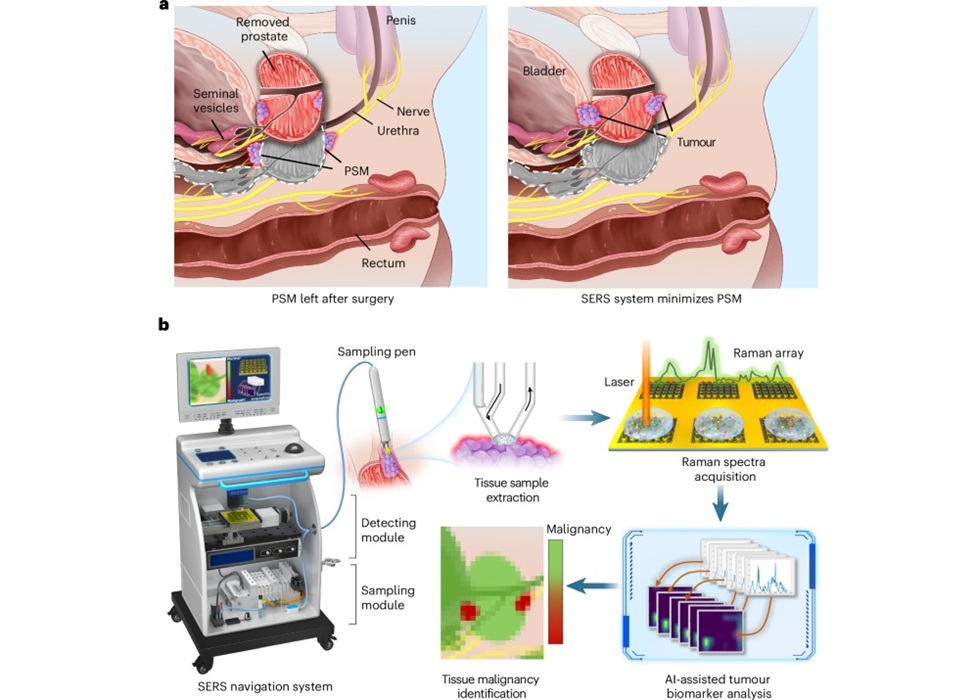Portable Biosensor Platform to Reduce Hospital-Acquired Infections
|
By HospiMedica International staff writers Posted on 11 Oct 2024 |

Approximately 4 million patients in the European Union acquire healthcare-associated infections (HAIs) or nosocomial infections each year, with around 37,000 deaths directly resulting from these infections, making them a significant cause of mortality. Microorganisms contracted in hospitals are frequently resistant to many common antibiotics. By 2050, the number of deaths caused by drug-resistant infections is projected to rise to 10 million worldwide, posing a serious public health challenge. Early detection of nosocomial infections and effective disinfection of hospitals and healthcare facilities are crucial to reducing these numbers, but current methods have limitations. Researchers are now developing a bio-based disinfectant to eliminate key pathogens responsible for HAIs, integrated into a new, flexible, and portable biosensor platform.
The biosensor platform being developed by a collaborative team of researchers, including from AIMPLAS - Plastics Technology Centre (Valencia, Spain;) under the NOSOSENS Project, uses printed electrochemical sensors for rapid, selective detection of Staphylococcus aureus, a methicillin-resistant bacterium responsible for 11% of nosocomial infections. The standard method currently used in hospitals to prevent these infections involves pathogen detection through cell culture microscopy, with results typically available in four to five days. The NOSOSENS portable electrochemical biosensor platform, however, offers immediate, specific detection and quantification of bacteria from the Staphylococcus aureus family. The system will also feature data monitoring, management, and alert capabilities.
A key challenge with current cleaning products is that pathogens' antimicrobial resistance renders many disinfectants less effective. Stronger disinfectants, such as peracetic acid, are often required, but they can cause long-term surface damage and are unsuitable for daily use in healthcare settings. The NOSOSENS solution, however, is both highly biocidal and bio-based, making it biodegradable, less aggressive, and more environmentally friendly. The innovations will be tested using a portable, user-friendly system for early bacterial detection by healthcare personnel, alongside an effective and sustainable pathogen elimination system for surgical tools and surfaces. By integrating with the sensor platform, this system will optimize disinfection processes, improving safety against hospital-acquired infections. It will also enable rapid tracing, control, and elimination of surface colonization, reducing risks associated with hospital stays.
Related Links:
AIMPLAS
Latest Patient Care News
- Revolutionary Automatic IV-Line Flushing Device to Enhance Infusion Care
- VR Training Tool Combats Contamination of Portable Medical Equipment
- First-Of-Its-Kind Portable Germicidal Light Technology Disinfects High-Touch Clinical Surfaces in Seconds
- Surgical Capacity Optimization Solution Helps Hospitals Boost OR Utilization

- Game-Changing Innovation in Surgical Instrument Sterilization Significantly Improves OR Throughput
- Next Gen ICU Bed to Help Address Complex Critical Care Needs
- Groundbreaking AI-Powered UV-C Disinfection Technology Redefines Infection Control Landscape
- Clean Hospitals Can Reduce Antibiotic Resistance, Save Lives
- Smart Hospital Beds Improve Accuracy of Medical Diagnosis
- New Fast Endoscope Drying System Improves Productivity and Traceability
- World’s First Automated Endoscope Cleaner Fights Antimicrobial Resistance
- Portable High-Capacity Digital Stretcher Scales Provide Precision Weighing for Patients in ER
- Portable Clinical Scale with Remote Indicator Allows for Flexible Patient Weighing Use
- Innovative and Highly Customizable Medical Carts Offer Unlimited Configuration Possibilities
- Biomolecular Wound Healing Film Adheres to Sensitive Tissue and Releases Active Ingredients
- Wearable Health Tech Could Measure Gases Released From Skin to Monitor Metabolic Diseases
Channels
Critical Care
view channel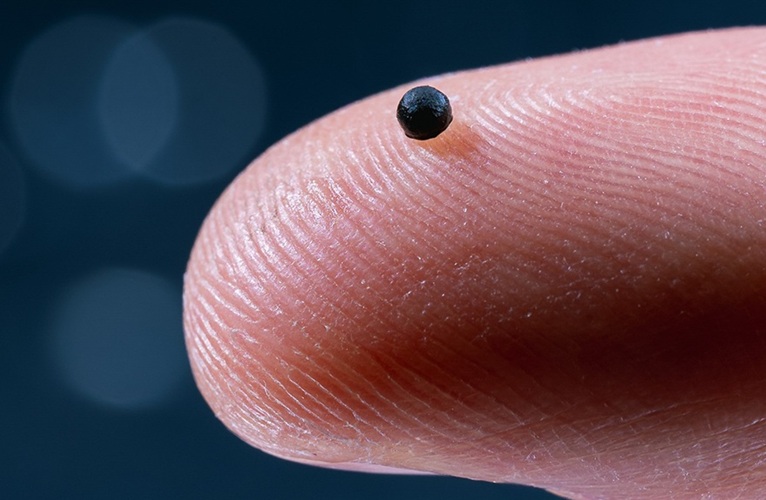
Magnetically Guided Microrobots to Enable Targeted Drug Delivery
Stroke affects 12 million people globally each year, often causing death or lasting disability. Current treatment relies on systemic administration of clot-dissolving drugs, which circulate throughout... Read more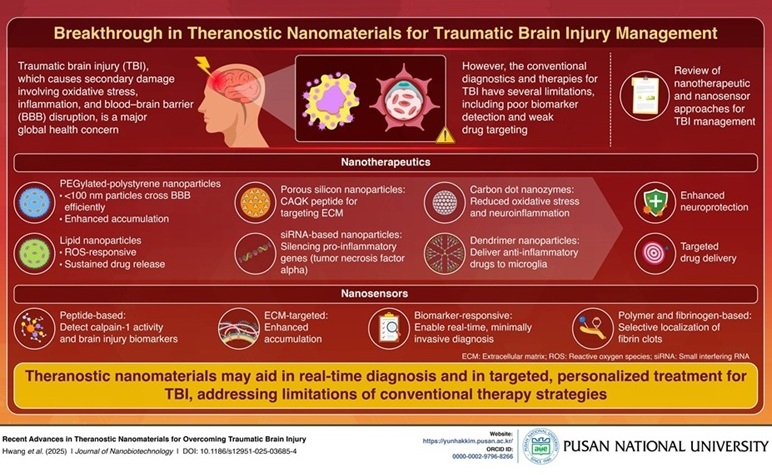
Smart Nanomaterials Detect and Treat Traumatic Brain Injuries Simultaneously
Traumatic brain injury (TBI) continues to leave millions with long-term disabilities every year. After a sudden impact from a fall, collision, or accident, the brain undergoes inflammation, oxidative stress,... Read more
Earlier Blood Transfusion Could Reduce Heart Failure and Arrhythmia in Heart Disease Patients
Blood loss during or after surgery can place significant stress on people with heart disease, increasing the risk of dangerous complications. Transfusions are often delayed until hemoglobin levels fall... Read moreSurgical Techniques
view channel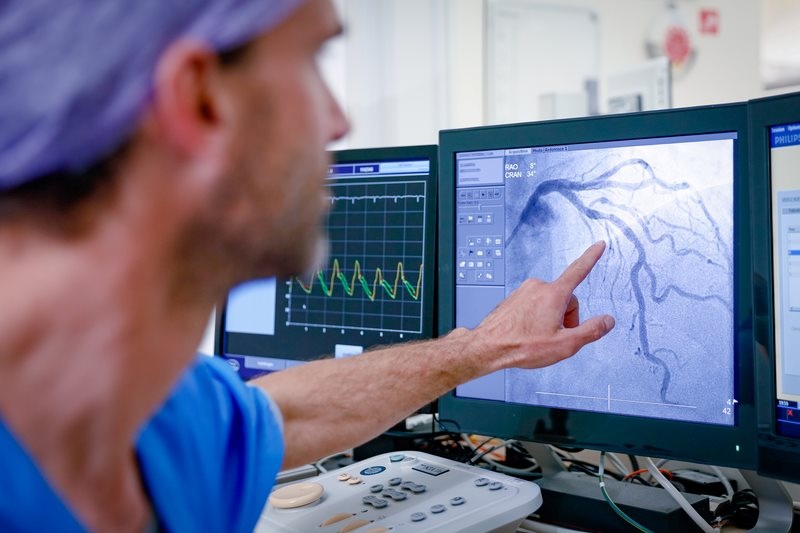
New Study Findings Could Halve Number of Stent Procedures
When a coronary artery becomes acutely blocked during a heart attack, opening it immediately is essential to prevent irreversible damage. However, many patients also have other narrowed vessels that appear... Read more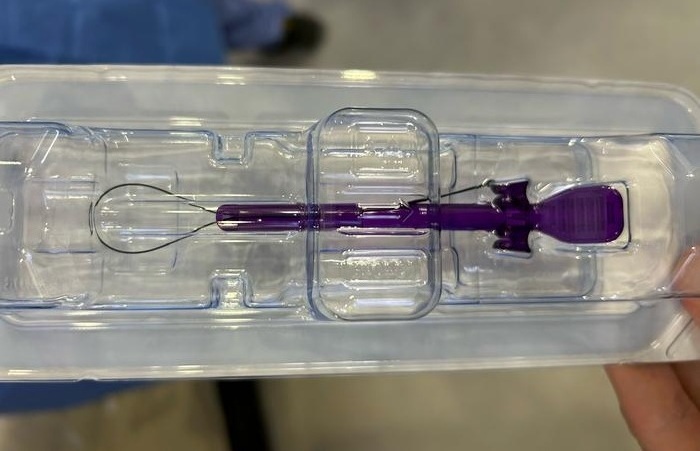
Breakthrough Surgical Device Redefines Hip Arthroscopy
Hip arthroscopy has surged in popularity, yet surgeons still face major mechanical constraints when navigating deep joint spaces through traditional cannulas. Limited tool mobility and the need for an... Read moreHealth IT
view channel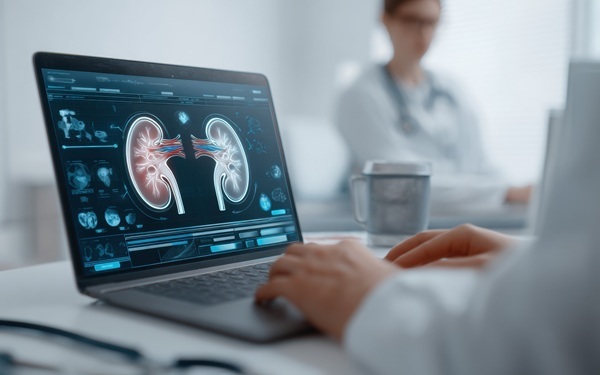
EMR-Based Tool Predicts Graft Failure After Kidney Transplant
Kidney transplantation offers patients with end-stage kidney disease longer survival and better quality of life than dialysis, yet graft failure remains a major challenge. Although a successful transplant... Read more
Printable Molecule-Selective Nanoparticles Enable Mass Production of Wearable Biosensors
The future of medicine is likely to focus on the personalization of healthcare—understanding exactly what an individual requires and delivering the appropriate combination of nutrients, metabolites, and... Read moreBusiness
view channel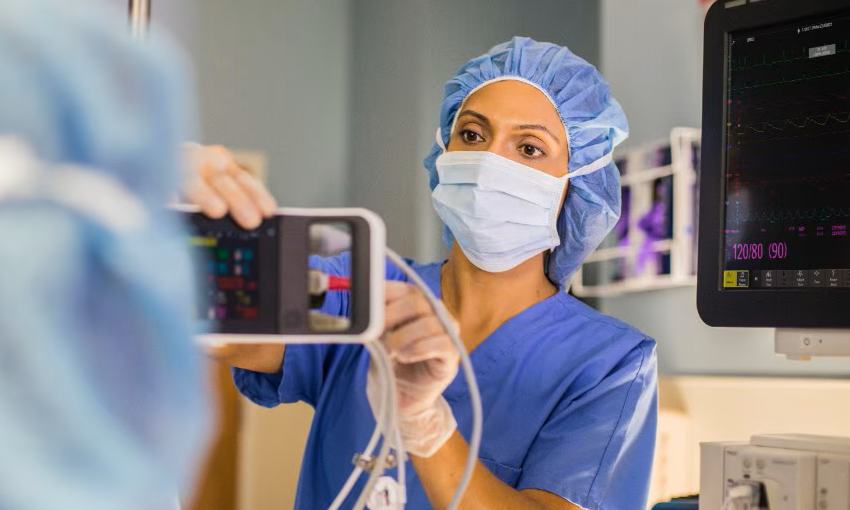
Philips and Masimo Partner to Advance Patient Monitoring Measurement Technologies
Royal Philips (Amsterdam, Netherlands) and Masimo (Irvine, California, USA) have renewed their multi-year strategic collaboration, combining Philips’ expertise in patient monitoring with Masimo’s noninvasive... Read more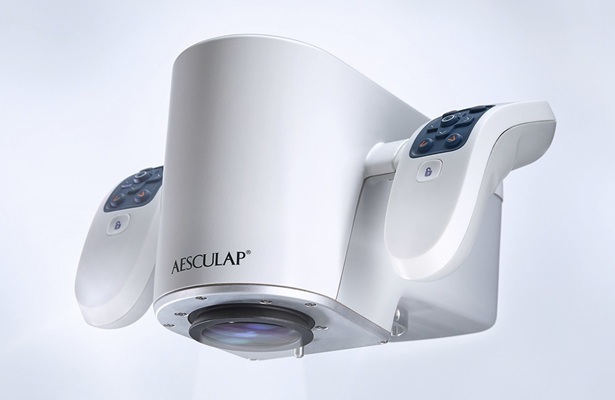
B. Braun Acquires Digital Microsurgery Company True Digital Surgery
The high-end microsurgery market in neurosurgery, spine, and ENT is undergoing a significant transformation. Traditional analog microscopes are giving way to digital exoscopes, which provide improved visualization,... Read more
CMEF 2025 to Promote Holistic and High-Quality Development of Medical and Health Industry
The 92nd China International Medical Equipment Fair (CMEF 2025) Autumn Exhibition is scheduled to be held from September 26 to 29 at the China Import and Export Fair Complex (Canton Fair Complex) in Guangzhou.... Read more











